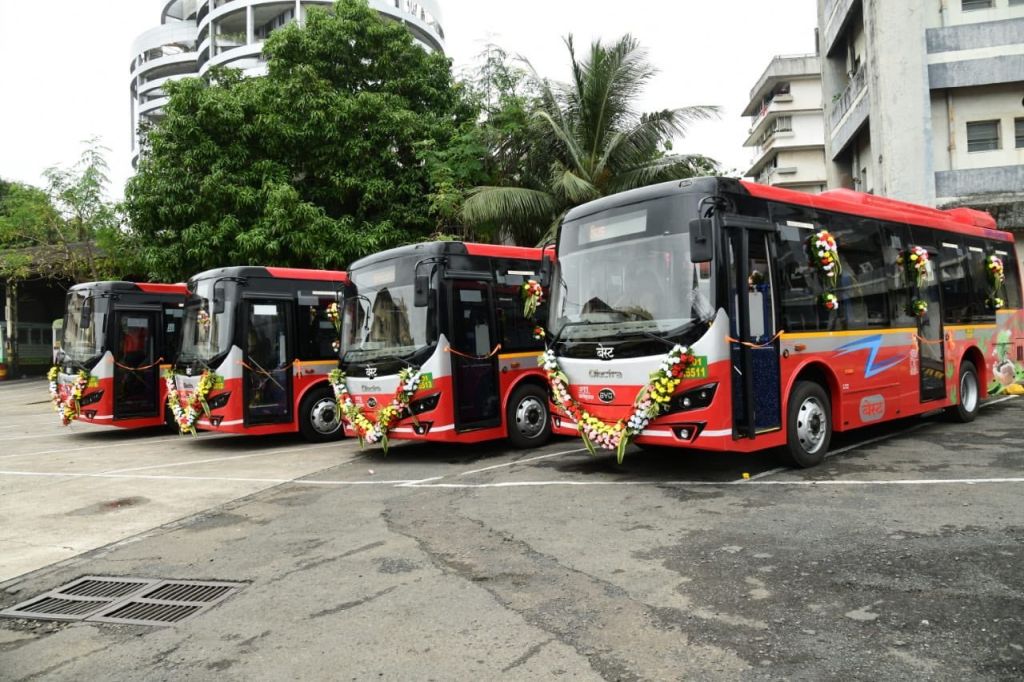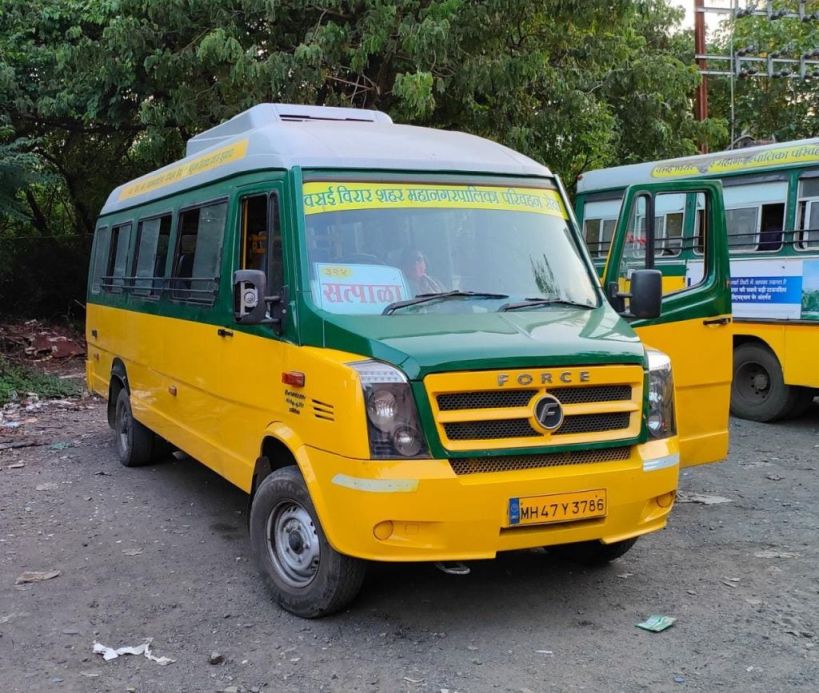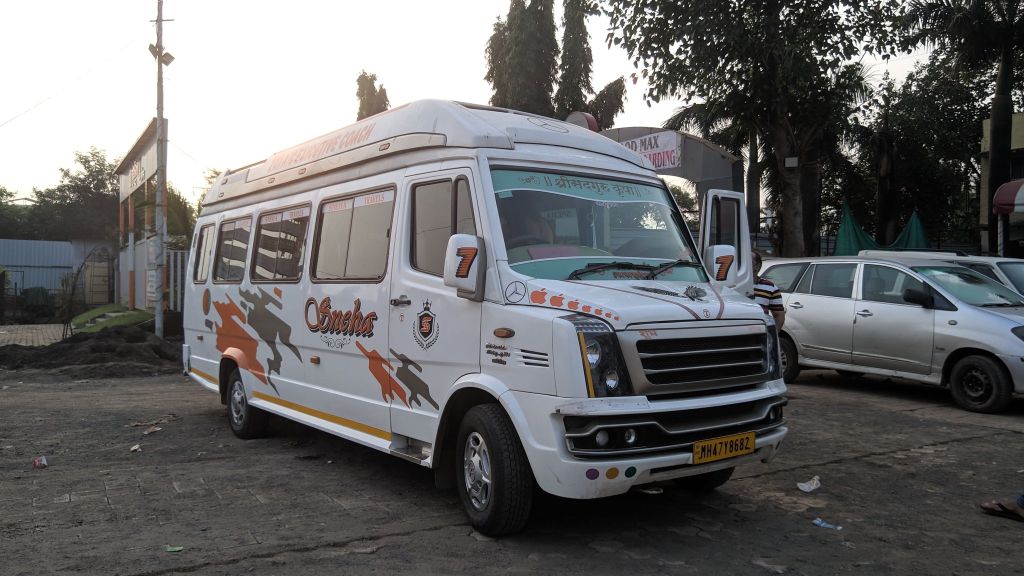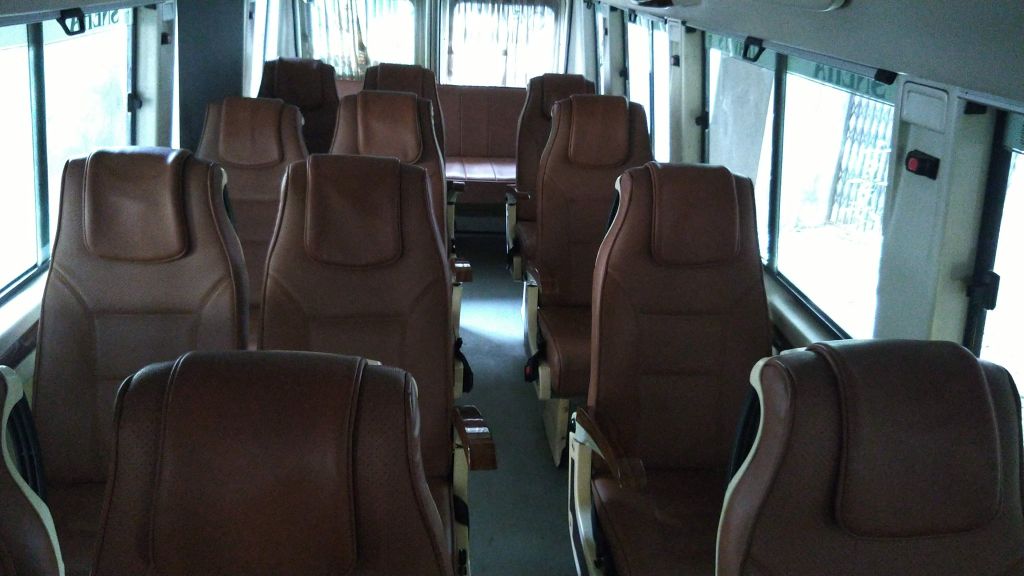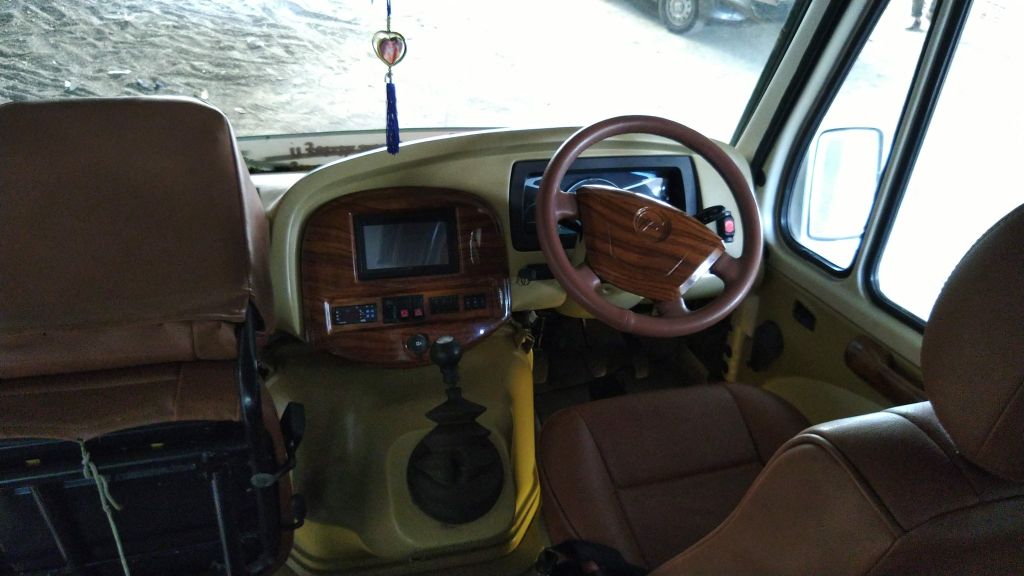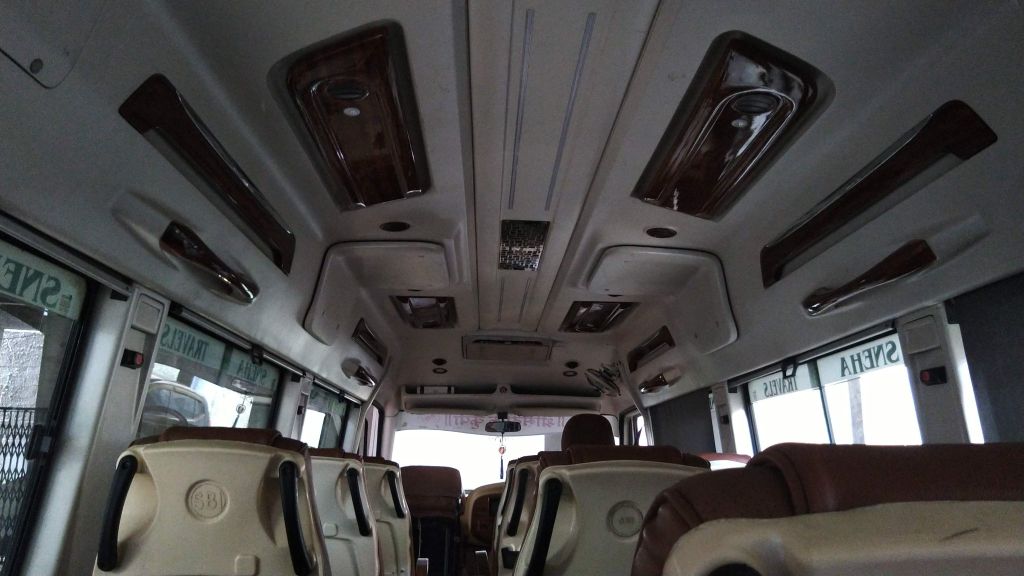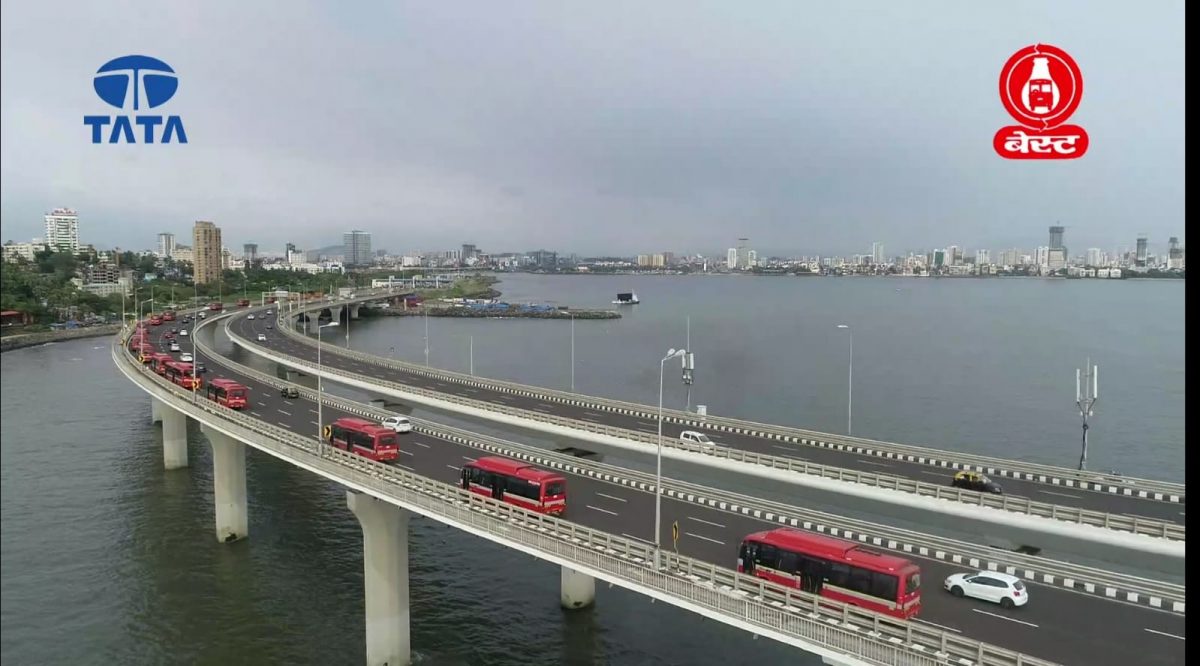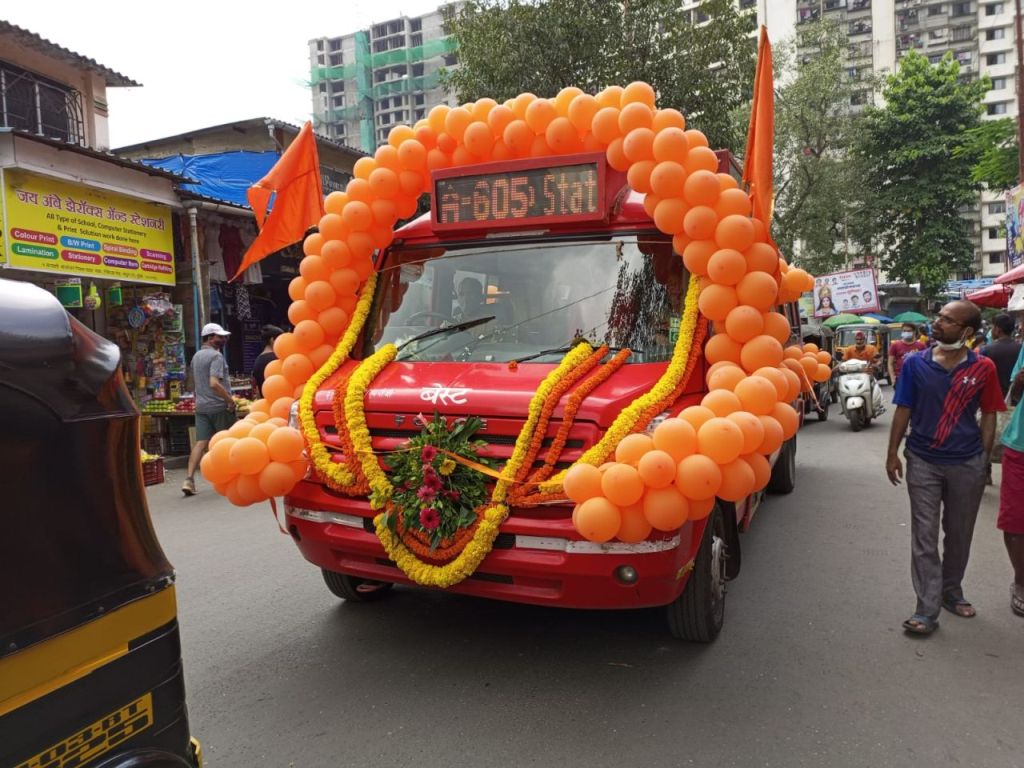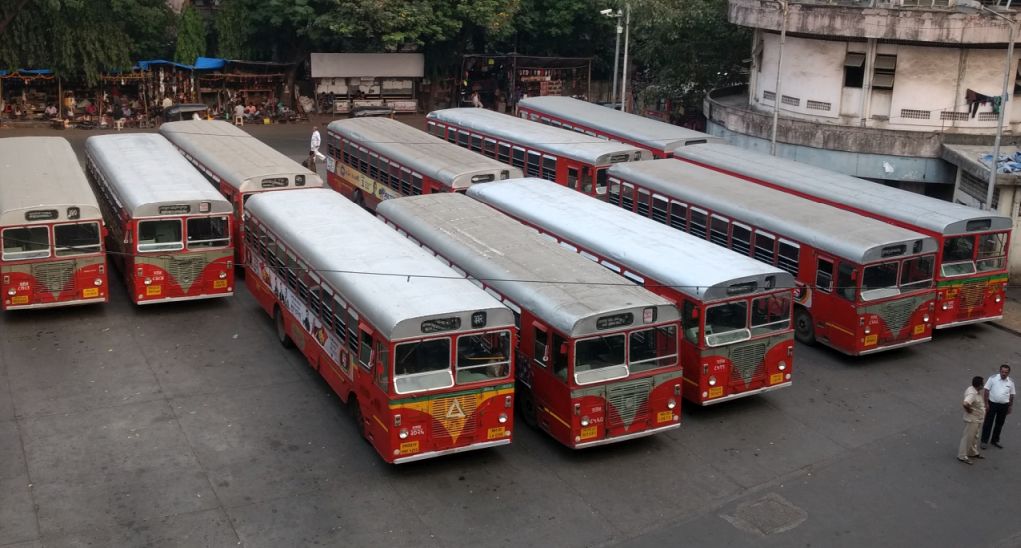Going a step forward in making Mumbai’s public transport (at least the road part) cleaner, the Birhanmumbai Electricity Supply and Transport (BEST) undertaking has announced that going forward, all electric buses will be charged using solar power. A report by the Times of India states that a significant amount of this electricity will come from rooftop solar panels installed by BEST’s electricity department consumers.
Under the Government of India’s Grid-Connected Rooftop scheme, electricity consumers can avail of a 40 per cent subsidy on installing panels. BEST is currently catering to 580 kWp (kilowatt peak) of solar power within its operational regions, that is South Bombay (SoBo). The energy generated by consumers is fed back into the grid in return of reductions in their bills.
BEST General Manager Lokesh Chandra has also said that the undertaking will only use Solar and in future wind and hydel power to power their electric fleet. He also said that the undertaking plans to procure the required solar energy to charge 2,100 buses by June 2023 and plans to completely convert its fleet to electric buses by 2027.
In August, BEST had said it plans to supply electricity to charge its buses and in September it had announced plans to open up 55 charging stations at its depots and bus stations for those who want to use them.
Did you know? The world’s first solar-powered bus was the Tindo (Karuna word for sun) in Adelaide, Austrialia. It was introduced in 2007 and is a battery-powered, air-conditioned bus with regenerative braking that can carry 40 passengers. Buses don’t carry solar panels but are charged using solar panels at the central bus station.
BEST is climbing up the electrification ladder quite fast.
If you intend to step out, whether to board on electric bus or not, please wear a mask, carry sanitizer and maintain social distancing.
Featured Image: BEST electric buses (Picture: BJP MLA Yogesh Sagar via Twitter)
![]()
